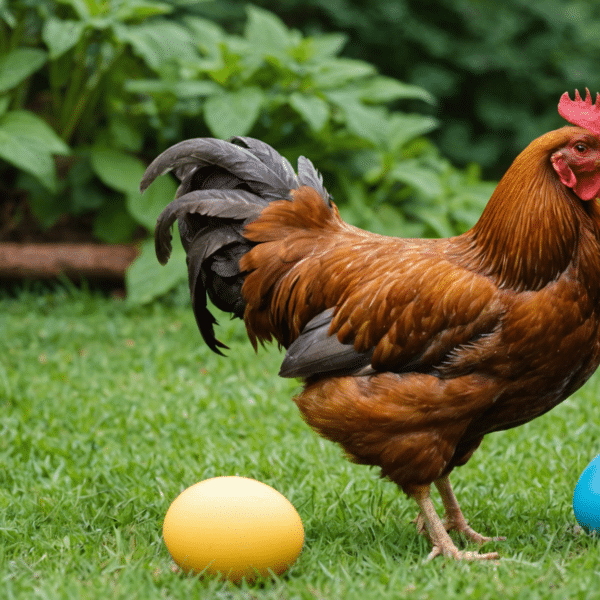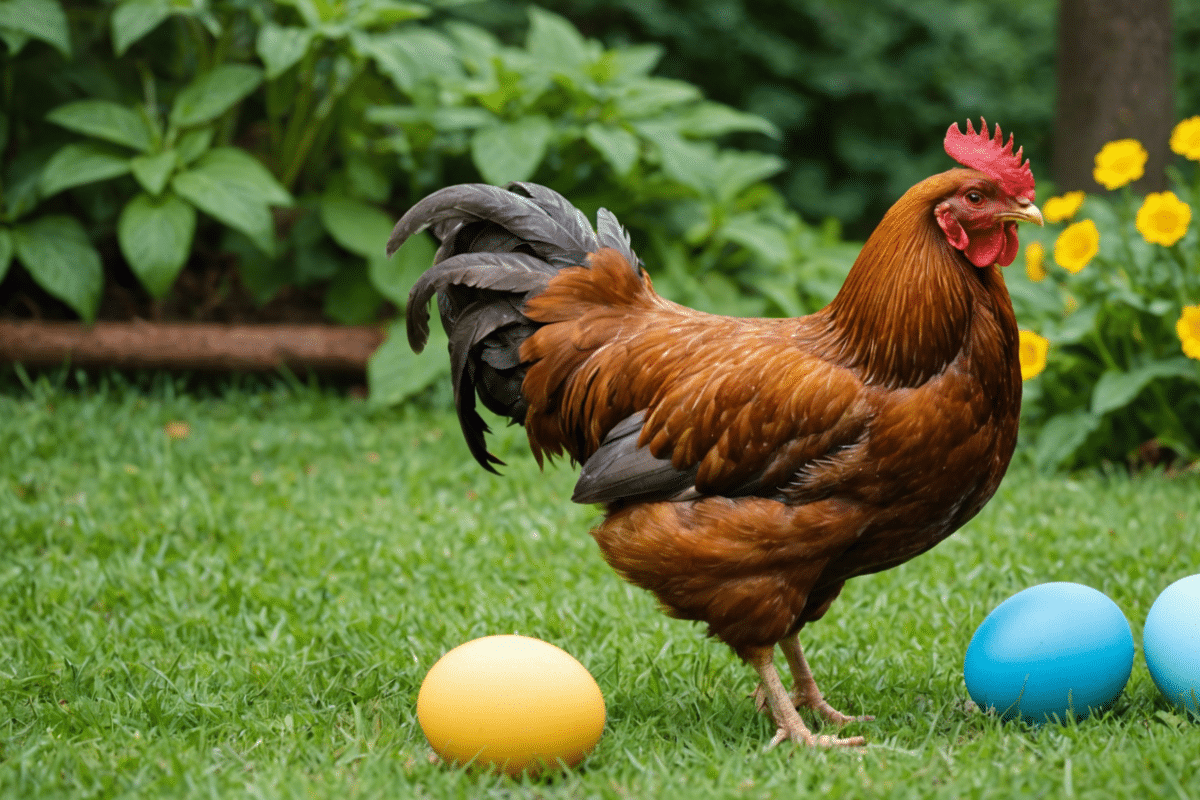Content
Opening a door to the world of tiny, endearing creatures, one can’t help but be fascinated by the nurturing process required for the pint-sized hedgehogs often found nesting in backyards. These spiny yet adorable animals have a charm that belies their prickly exterior, captivating animal aficionados who endeavor to create safe havens for them. Ensuring their well-being requires specific knowledge and a tender approach, essential for anyone caring for these backyard visitors.
Understanding Baby Hedgehog Needs

Our quilled friends are not merely miniature replicas of their parents. Baby hedgehogs, or hoglets, have distinct needs. Born blind and vulnerable, they rely heavily on their mother for survival. During the first few weeks, they forge a critical bond, and any disturbance could be detrimental. For those who cultivate an environment conducive to their growth, patience and observation are the fulcrums upon which successful caregiving hinges.
Setting Up a Haven for Growth
A sanctuary for these creatures begins with a suitable habitat. In crafting a comfortable retreat for these hoglets, consider incorporating materials that mimic their natural environment. Organic bedding such as non-treated wood shavings or recycled paper products offers not only a cozy nest but also retains heat, an important factor for the warmth-dependent young. Moreover, ensure that the habitat is secure from potential predators, as these little beings are most vulnerable in their juvenile stage.
Feeding the Tender Hoglets
Nourishment is a crucial aspect of care. If one encounters an orphaned hoglet, it is vital to replicate their mother’s milk as closely as possible, often achievable through specially formulated hedgehog milk replacers. As they mature, a gradual introduction to a diet of minced cooked meat, high-quality cat food, or specialist hedgehog food will provide the necessary nutrients. A bullet list of suitable food items includes:
- Insects such as crickets or mealworms
- Cooked meats devoid of seasoning
- High-quality wet cat food
- Commercial hedgehog fare
Ensuring clean water is available 24/7 is equally important. A shallow water dish will prevent accidental drownings while keeping them hydrated.
Observing Health and Behavior
Watching over these mammal’s health and behavior not only aids in ensuring their survival but is also incredibly rewarding. Routine monitoring for signs of injuries or illness should be conducted meticulously. Meanwhile, recognizing behaviors like self-anointing, a quirky yet common hedgehog activity where they generate frothy saliva to coat their spines, underscores the complexity and allure of these creatures.
The Role of Rehabilitation Centers
Occasionally, circumstances may call for the expertise of wildlife caretakers. Hedgehog rehabilitation centers are invaluable resources when dealing with atypical cases or emergencies. Their knowledge of wild hedgehog care and access to medical treatments can make the difference between life and death. Should you encounter a hoglet in need of urgent care, such as one that has experienced trauma, these centers should be your immediate point of contact.
Creating a Wild Garden Refuge
For those who spot hedgehogs frequenting their gardens, fostering a wild-friendly space is an excellent support strategy. Leaving areas of the garden untamed provides natural foraging grounds and nesting sites, while supplementary feeding stations and hedgehog houses offer a boost during challenging times, such as before hibernation or in urban areas with scarce resources.
Common Queries on Hedgehog Care
Here are some frequently asked questions that might arise when caring for baby hedgehogs:
- How do I know if a baby hedgehog is orphaned and needs intervention?
- At what point can I transition a hoglet from milk to solid food?
- How can I tell if my backyard is hedgehog-friendly?
- What signs indicate that a hedgehog might need medical attention?
For each of these queries, research and consultation with professionals is advised to ensure that the right actions are taken and that the hedgehogs thrive under your careful watch.
Adhering to these guidelines when caring for baby hedgehogs fosters an environment in which these amazing creatures can flourish. Whether it be providing a safe abode, proper nutrition, or monitoring health, each step is a milestone towards securing the well-being of the charming hedgehogs that captivate with their endearing ways. It’s a task that comes with responsibilities, yet the rewards are indubitable, offering a glimpse into the fascinating world of backyard wildlife and the joy they bring to our lives.












